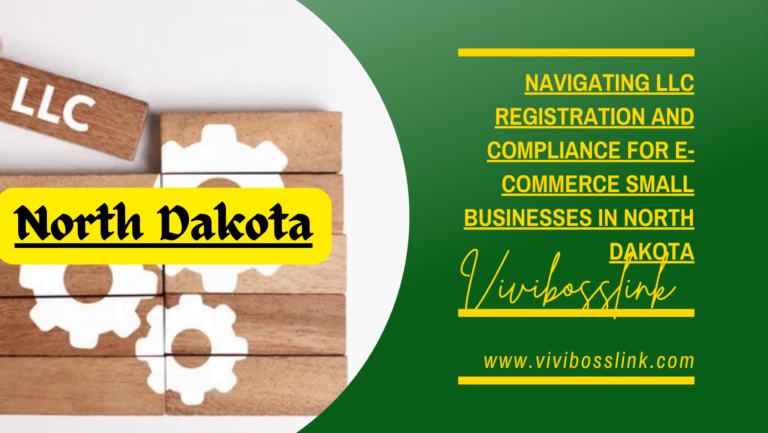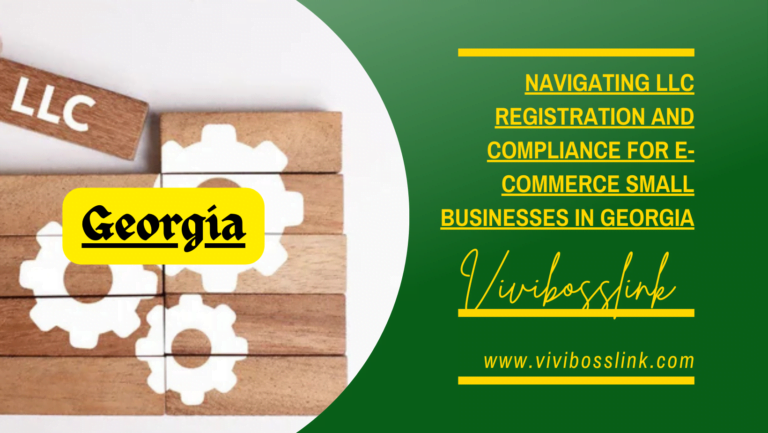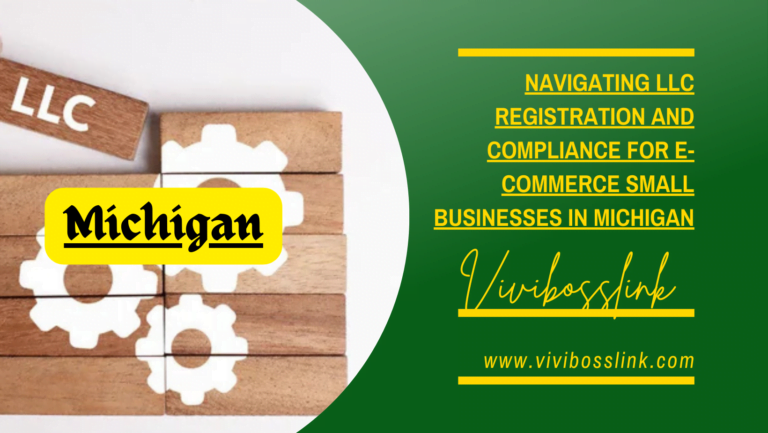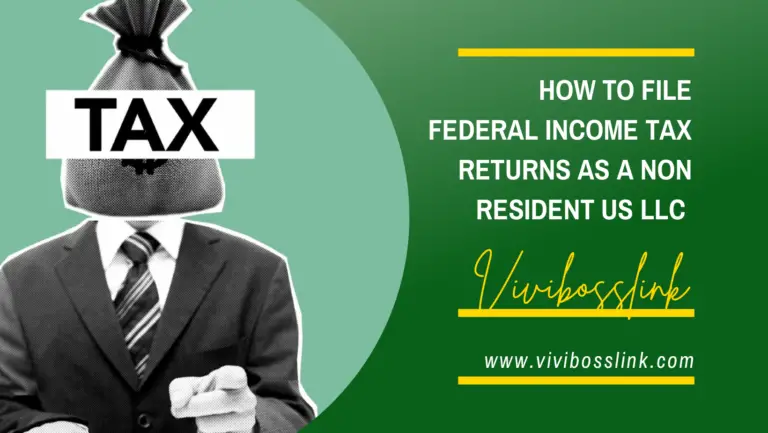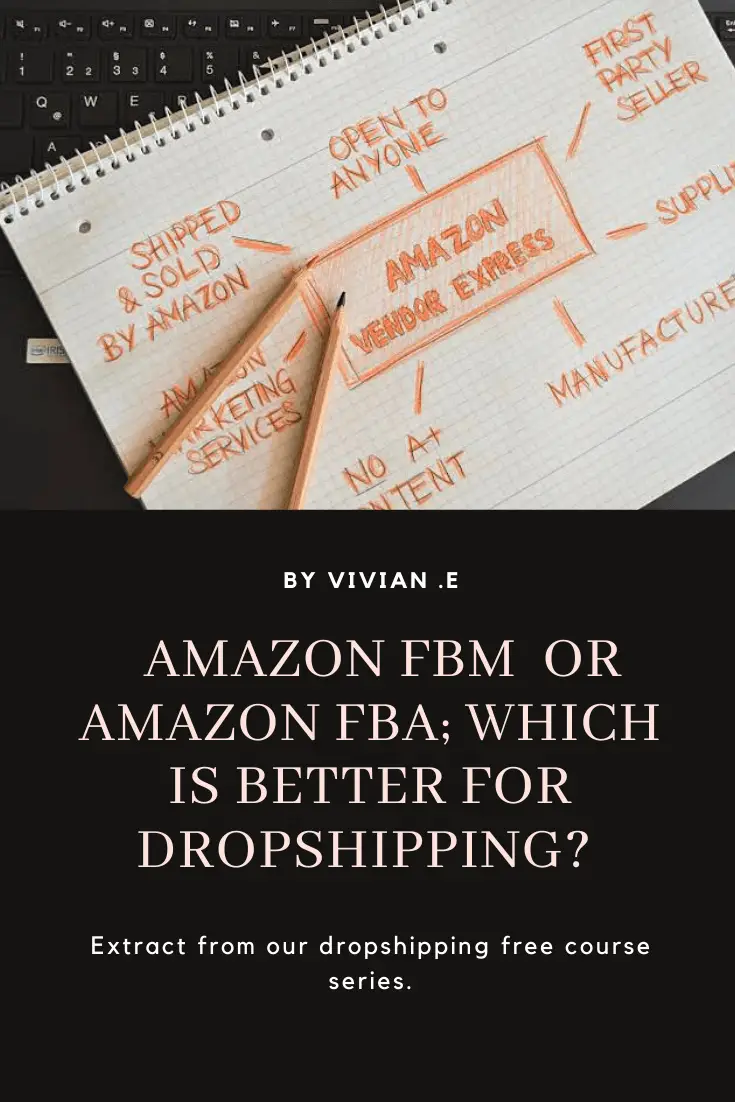
Selling on Amazon is a great way to sell your products online. Regardless of whether you have your own ecommerce site, I still recommend, selling on other online retail marketplaces so you can have multiple channels to sell your products, there are many online retail marketplaces, for example Jumia and Konga, AliExpress and Alibaba.com, EBay, Amazon etc
My focus on this blog post is selling on Amazon.com which is the biggest and most successful online retail marketplace in North America. Amazon provides their sellers with two selling options; FBA (fulfilment by Amazon) and FBM (fulfilled by merchant). So let’s quickly review how selling on Amazon FBA or FBM actually works!
What are the pros of selling on Amazon FBA (fulfilled by Amazon)
- FBA is an Amazon seller option whereby the seller takes the products he wants to sell to an Amazon fulfillment center and lists the products on Amazon, when he gets an order, Amazon sends the product from their fulfillment center to the buyers. Amazon in this arrangement basically takes care of picking, packing and delivery of any orders from their warehouse/fulfillment center to the buyers doorstep. Amazon also handles customer service and returns. Amazon pays the seller for his products which were sold via Amazon FBM. The perk here is that the seller would not have the responsibility of fulfilling the order, customer service and returns.
- More sales! Using FBA typically means more sales for the sellers as buyers trust the FBA program because they trust Amazon’s capacity to deliver on time.
- Prime delivery! Using Amazon FBA also means that your customers who have an Amazon prime account can receive their products in just 2 days! Amazon makes sure of this! Put in other words, your product gets enlisted to Amazon prime and that means more sells for you.
Cons of FBA (fulfilled by Amazon)
- You pay fees! You will have to pay warehousing fee, fulfillment fees, return fees when a buyer returns the product, return fees if you decide you no longer want your product on Amazon’s fulfillment centers, destroying fee if you want amazon to destroy your products in their fulfillment center; this is very common in cases where you are unable to sell off your products on the Amazon platform and you do not wish to continue paying Amazon warehousing fees and do not want the products returned back to you. Usually the cost of Amazon destroying the product is lesser than the cost of having the products returned to you so some people may opt for Amazon to destroy the product. To see a comprehensive list of all FBA related fees click here. Let me also add here that usually you make enough sales with Amazon FBA, the most popular reason why merchants may need their products returned or destroyed is because Amazon suspended their account for violating Amazon’s policy and they can no longer continue to sell on the Amazon platform. I recommend that you click here to read up Amazon policy and guidelines to avoid breaking the rules. There are also cases where Amazon just isn’t getting orders from their Amazon store because they fail to do market research. Market research is key to selling a winning product on Amazon. Luckily Junglescout makes Amazon product/market research easier and automated!
Pros of selling on Amazon FBM (fulfilled by merchant)
- You pay lesser fees! With FBM you only have to pay $39 a month for a professional Amazon account and $0.99 referral fee for each product sold on Amazon.com. If you have less than 10 products to sell on Amazon then you don’t need to pay $39 a month for a professional account (A professional account lets you list more than 10 products and gives you access to Amazon PPC marketing), nevertheless with less than 10 products, I recommend that you open an Amazon free individual account. Not exactly free because you pay $0.99 for each product sold when you use the Amazon individual account plus another $0.99 referral fee as well. Simply note that the $0.99 referral fee for each product sold on Amazon and is applicable whether you are using an Amazon individual account or an Amazon professional account and it’s also applicable whether you sell as FBA or FBM. Okay? The placement fee for using the Amazon platform is $39 a month for a professional account and 0.99 per product sold for an individual account. This placement fee is not the same as a referral fee and is applicable to both FBA and FBM. However with FBM, you generally pay less in fees as you won’t be paying storage fee, fulfillment fee, return processing fee and other FBA related fees. To learn more about Amazon fees, click here
Cons of Amazon FBM
- You are responsible for warehousing your product, shipping your products to a buyer, handling any returns and providing customer support. You must do this in line with Amazon policy, read more on Amazon policy here
- The FBA guy generally gets more traffic than you! I believe this is because buyers trust FBA more so they feel more confident shopping FBA products because they trust Amazon capacity to deliver on time! The good news for you here is that even if you sell as FBM you can still make more sales that could even be more than the FBA seller. This would depend on your ability to build your Amazon store credibility by delivering quality products to your customers on time, getting good customer reviews and just having in general, a good seller metrics for your Amazon store.
- Your products are not enlisted on Amazon prime! When you sell as FBA, your products are immediately enlisted on Amazon prime! that means offering two days delivery to Amazon prime customers and your product listing will have the prime badge to let customers know this! Unfortunately you don’t get this privilege as an FBM seller immediately but you can if you build your sellers metrics by delivering your products on time to buyers and getting good customers reviews, this will take a while but when you are able to prove to Amazon that you can deliver your products to customers within two (2) days following Amazon’s guidelines then you can apply to Amazon for your product listings to have the prime badge. This however is subject to Amazon’s approval.
Now you know the pros and cons of selling on Amazon FBA or Amazon FBM, you can make an informed decision of which selling option is most suitable for your business. It’s necessary to also read our article on USA taxes for dummies to avoid running into unforeseen troubles with your Amazon seller central account.


